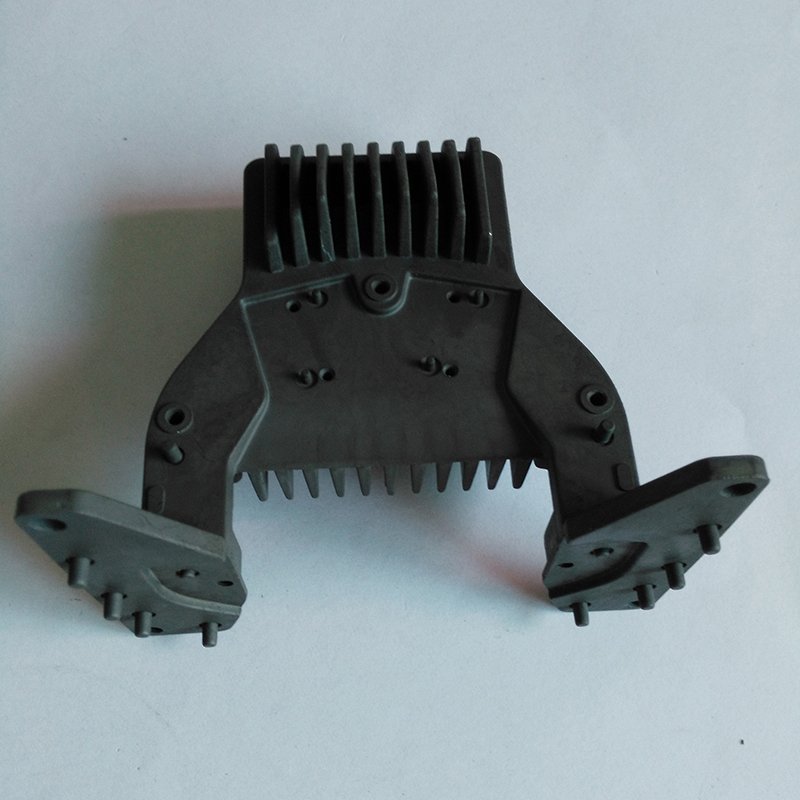remote underwater video reveals higher fish diversity and abundance in seagrass meadows, and habitat differences in trophic interactions - waterproof camera housing
by:Hanway
2019-09-10

Seaweed Meadow plays a key ecological role as a conservation and foraging place for a variety of fish.
Underwater visual census (UVC)
History has been used as a non-
However, methods for extracting fish communities such as remote underwater video (RUV)
There is a growing interest and may be particularly useful for seaweed habitat, where small fish are disguised in vegetation and can easily escape or escape divers.
Here, we compare the performance of the UVC and RUV methods in evaluating fish communities in two sea grass meadows with low and high canopy density.
We found that RUV detected more species and fish individuals than UVC, especially in habitats with high density of seaweed, which shelter more young people, in particular, grass food proves that there are significant differences in energy flow from aquatic plants to predators between sea grass habitats, and differences in ecosystem services they can provide.
Considering the continued degradation of the global sea grass ecosystem, our results strongly suggest that using RUV for fish surveys in ecological and fishery projects will provide more accurate information, and more than enough to provide information for the conservation planning of seaweed meadows around the world.
Seaweed meadows provide shelter and food resources to maintain a high level of marine biodiversity in complex nutrient chains linked to adjacent ecosystems such as mangroves and coral reefs.
Seaweed has achieved some of the highest primary productivity in the aquatic environment, helping to maintain good water quality by absorbing excess nutrients and capturing and stabilizing deposits.
Iconic creatures such as turtles and sirenians (
Manatee and Confucianism)
Highly dependent on sea grass habitat.
Unfortunately, in the tropical environment, the importance of seaweed Meadows is particularly neglected, and attention is focused on the colorful coral reef communities.
The seaweed ecosystem provides many goods and services for human society.
Among them, their basic role as conservation and breeding grounds for fish of ecological and commercial importance is very valuable.
However, seaweed meadows are severely affected by multiple human disturbances, including the extensive exploitation of their fishery resources.
This requires urgent conservation planning and a better understanding of the specific role of the sea grass fish community as part of a highly interconnected network of marine organisms and ecosystems.
Use different types of fishing nets such as throwing traps, drips, Seine and trawl to extract without distinction (
Supplementary form)
Not appropriate for ecological monitoring projects, especially when sampling threatened or endangered species
Take marine protected areas as an example.
The most common non
Methods of underwater visual census destruction (UVC)
Because it's a low
Cost technologies that allow fast data collection (
Supplementary form).
However, there are several drawbacks to this approach, as it is strongly dependent on the surveyor's skills, the transparency of the water, and is also affected by the presence of divers, before being recorded, it incites many fish to escape or hide.
Using video in marine science can overcome many of these problems.
Video Development-
The sampling method for studying the marine community dates back to the 50 th century, although its use did not soar until recently when the camera was more affordable.
The simplest remote underwater video (RUV)
, Consists of a platform with a battery
Operate the camera inside the waterproof housing.
Today, the action camera provides a perfect balance between price, image quality, operability and inconspicuous.
This method can record fish communities that interfere with smaller populations and reduce deviations in community structure assessment.
In addition, RUV has less time and depth restrictions, which is easy to replicate at large spatial scales.
The number of copies obtained at the same time will depend on the number of video units owned.
According to the standardized procedure, RUVs can be used in different aquatic habitats to minimize the comparison problems caused by other methods.
In addition, the video is a permanent record that can be compared and analyzed in the future and can be used in campaigns that raise public awareness.
Application of video-
Research methods based on marine biodiversity are almost confined to the hotspots of marine biodiversity such as Oceania, the United States and Europe, the Coral Triangle and the Caribbean Sea.
The literature review we conducted showed that only 13 studies used video sampling to evaluate the marine grass fish community (
Supplementary form).
Only 2% of the world's research uses baited RUVs (BRUVS)
Compared to the 43% study of rocks and coral reefs, although RUV may be particularly useful in seaweed Meadows, since many fish are cautious teenagers, they tend to run away in front of divers, and very well disguised in vegetation.
These features may reduce the effectiveness of the UVC survey.
However, there is no comparison between the two methods.
Here we aim to evaluate this knowledge gap by comparing the performance of the RUV and UVC methods :(i)
Species diversity and compositionii)
Rich and diverse fish lifestages; and (iii)
Nutrition guild of sea grass fish community.
We chose two tropical seaweed Meadows characterized by a comparison of canopy morphology and density in the main habitat
Builder, characterized by short leaves and low index of leaf area (LAI)and above-
Above-ground biomass of seaweed;
Long leaves, large Lai, higher altitudeground biomass.
These two habitats have been described before.
Custom message








